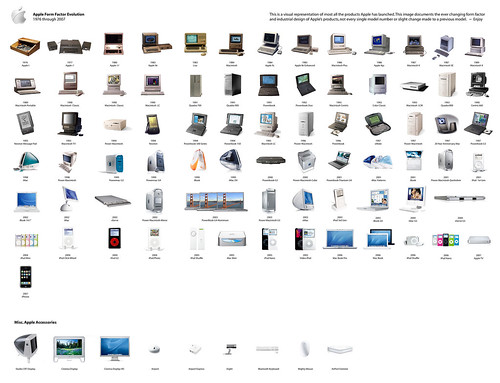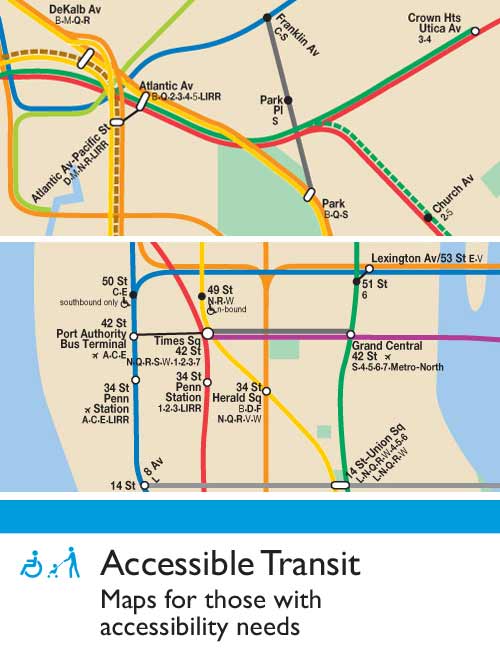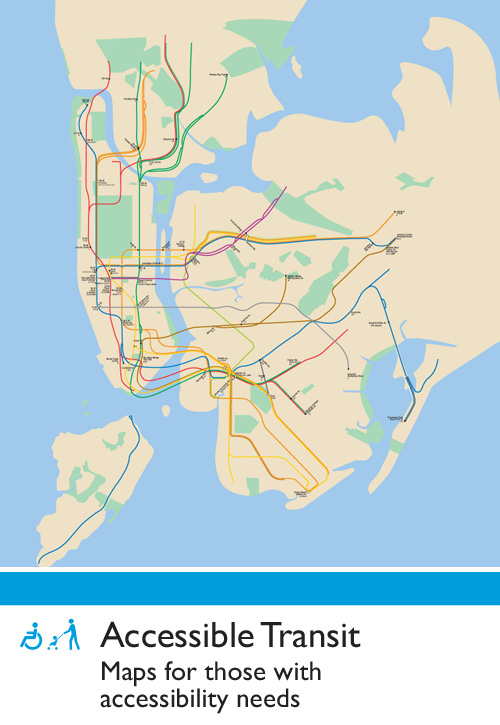
The perennial question of New York City succeeding from New York state or the Union reared it’s head again (the legal term is really separation). The most persuasive recent argument was expressed in depth in NY Magazine, The Independent Republic of New York:
As New York—a city that often has more in common with Europe than with the United States—prepares to be invaded by the red-state hordes during an election that has much of the city fearing the prospect of four more years, a persistent fantasy resurfaces—should New York secede?
As one of Gothamist’s commenter’s stated, Given enough time, Jimmy Breslin and Norman Mailer will be proven true.
So I decided to look at what this fictional Sate of New York City would look like. Would it be like Athens or Sparta of old, amorphous city states? Probably not. Setting aside the notion that the States of New York, New Jersey and Connecticut would give up any of their sovereign land (or if it could be done), the most basic building block of America is the County (the township being superseded). Below is what I came up with:

Naturally the Five Boroughs would form the nucleolus of the new state. Long Island is a natural extension of the 51st state, with excellent road and rail connections and historical connections with the City itself. Westchester also should/would be annexed as a majority of citizens commute on a daily basis and I’m sure the tax rate could induce separation. With the creation of the Port Authority of NY & NJ over eighty years ago, the eastern sections of New Jersey are tightly intertwined with NYC proper. Similarly Fairfield County in Connecticut is a large bedroom community for the City.
While the State of New York City would never happen, it gives politicians something to threaten with and newspapers column inches to print, and urbanities something to talk about.
For those interested in just how a part of a state could separate and form a new state in the Union, you should look at the history of West Virginia’s Separation from Virginia. Preceded by years of geographical and cultural isolation and the Virginia legislature’s vote to secede from the Union, the process of West Virginia’s separation from Virginia was:
- Mass meeting at Clarksburg
- The First Wheeling Convention
- The Second Wheeling Convention which ruled that the Virginia government illegally succeeded from the Union and by succeeding vacated their offices
- Legislature of the Reorganized Government of Virginia – Virginia effectively had two governments
- A
statewide
popular referendum of those counties which wished to separate
- Constitutional Convention
- Confederate Virginia approves separation
- Congressional Debate and acceptance
- Signature of the President
- Supreme Court case Virginia v. West Virginia – West Virginia won
All in all, West Virginia’s separation from Virginia took 78 years , a payment of $12.4 million and a war (it took 9 years for separation and the remaining balance to settle lawsuits and settling of debt).
I would presume that for the New York City region to separate from three states and form a new state would take a crisis of similar scope and severity. Global warming related rising of the sea level threatening NYC with the State not moving to protect the city could be a crisis situation which would precipitate a successful separation.
What about your thoughts?









